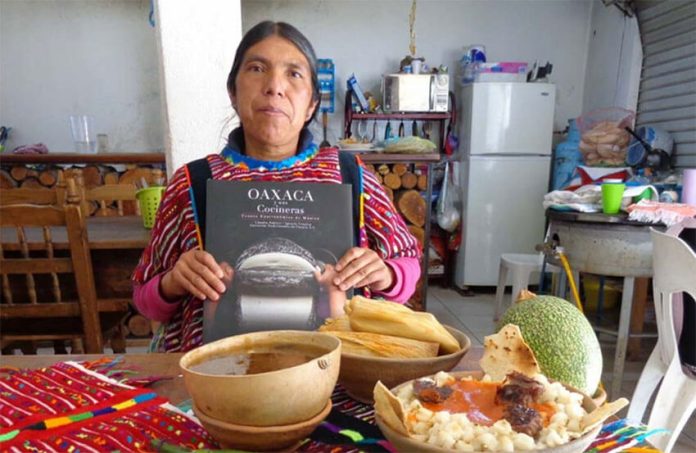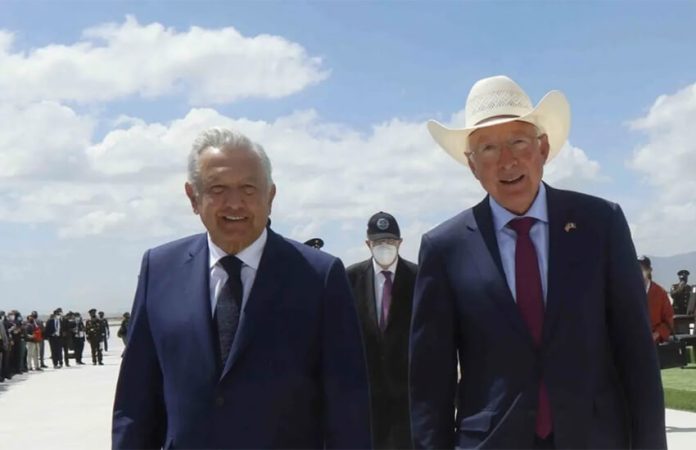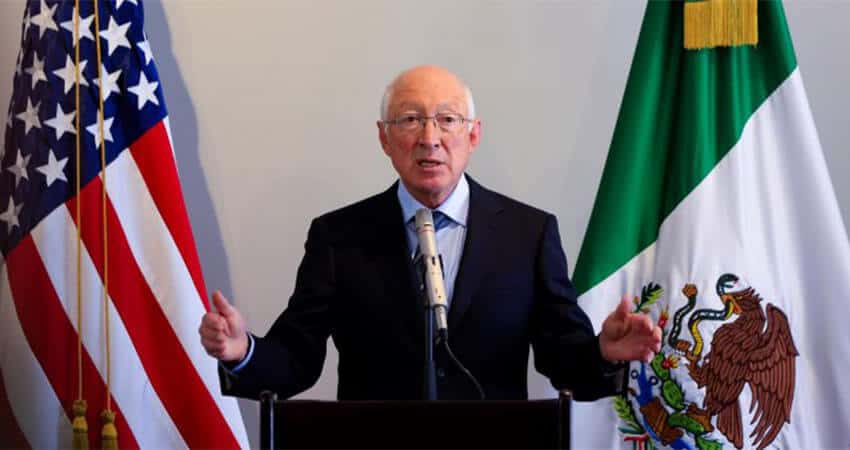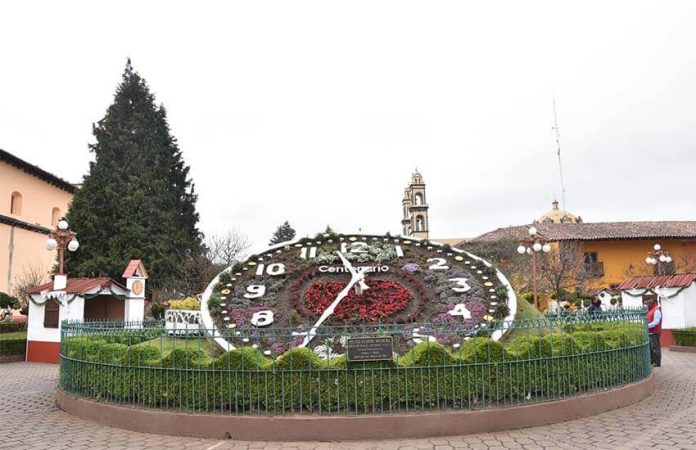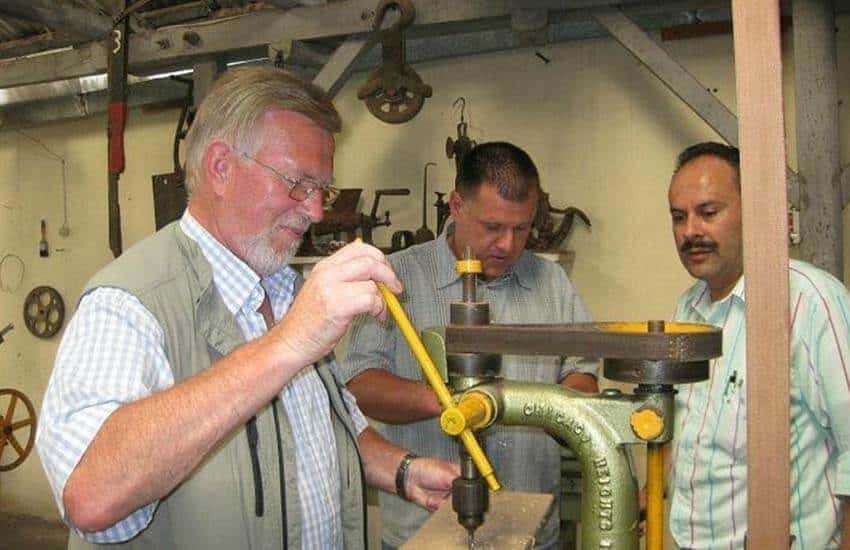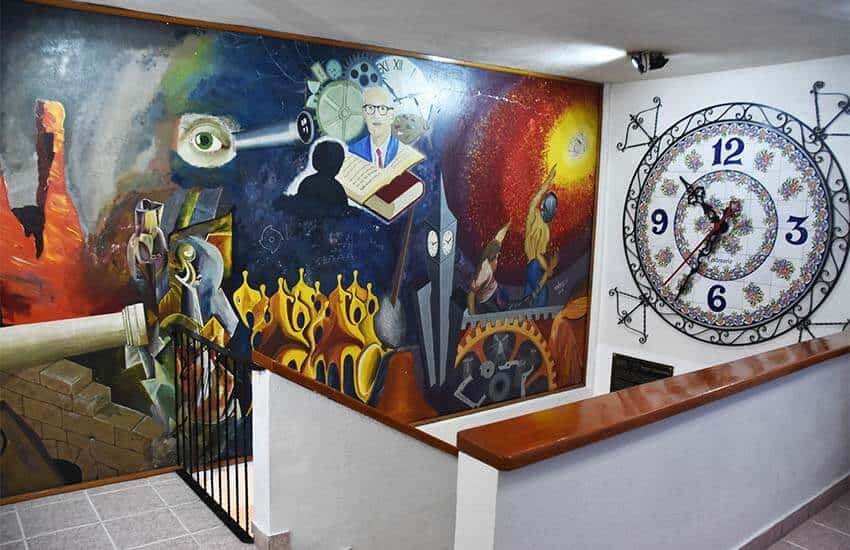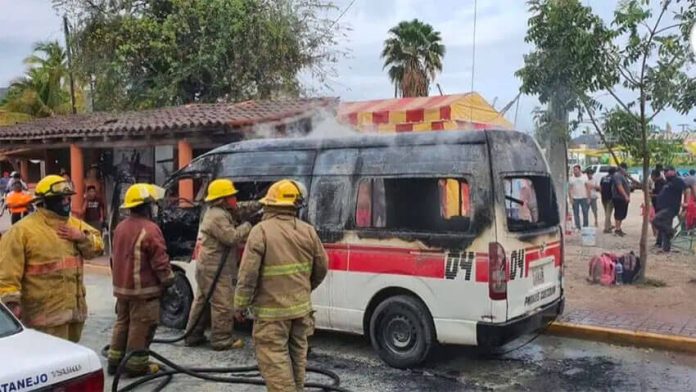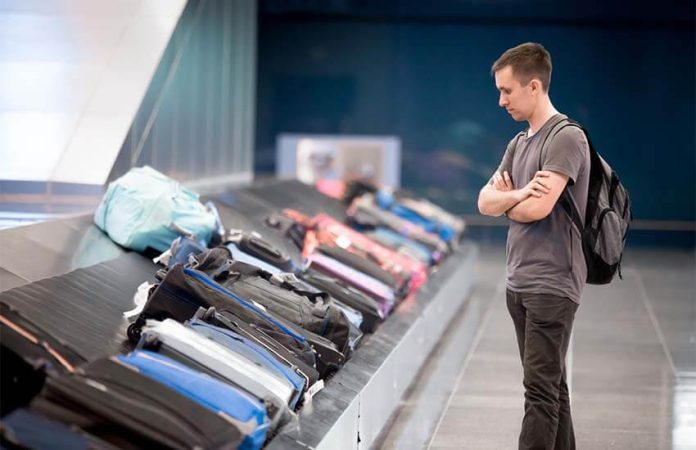The National Human Rights Commission (CNDH) has denounced the case of a woman who had to have her legs amputated and uterus removed after receiving “inadequate” medical treatment in Querétaro city.
The CNDH announced Tuesday it had submitted a recommendation to Mexican Social Security Institute (IMSS) director Zoé Robledo in relation to a case in which a 27-year-old woman allegedly received substandard care at two IMSS facilities in the Querétaro capital.
The woman, who initially felt unwell due to an out of place intrauterine device (IUD), suffered a system-wide infection in late 2018 after she received incorrect diagnoses and inadequate medical treatment and follow-up care, the rights commission said in a statement. Days after the removal of her IUD with an “erroneous procedure,” the woman suffered septic shock, which necessitated the removal of her uterus and an ovary, and the amputation of both her legs.
The septic shock she suffered was allegedly related to the improper extraction of the birth control device.
In a complaint she submitted to the commission, the woman said she went to an IMSS clinic (Family Medicine Unit 9, or UMF-9) at least three times in September 2018 because she was suffering from abdominal pain. She was diagnosed with a urinary tract infection and colitis and a course of action was prescribed “without requesting laboratory studies.”
At the No. 1 General Regional Hospital (HGR-1) it was subsequently determined that the woman’s IUD was out of place and needed to be removed. “It was removed with forceps without previously carrying out an ultrasound or X-ray studies,” CNDH said.
Three days later, the woman presented at UMF-9 with back pain and was diagnosed with acute lower back pain without any analysis being carried out. When there was no improvement in her condition, she went to the emergency section of UMF-9 and from there was transferred to HGR-1, where she was admitted due to serious loss of blood, infectious gastroenteritis and severe dehydration.
The commission said it had collected sufficient information to confirm that when the woman arrived at HGR-1 she was in such bad condition that her life was at risk. It said that the loss of blood was due to a generalized infection caused by the incorrect IUD removal, and that the woman required intubation and a blood transfusion. She also had to be resuscitated after suffering a cardiac arrest, after which her uterus and an ovary had to be removed and her legs had to be amputated, the CNDH said.
“… the care provided was not timely or adequate, mainly that given at UMF-9, where the authorities … made a diagnosis without clinical laboratory studies, X-rays or ultrasounds and without taking the IUD removal procedure into account,” it said.
The CNDH said it was able to confirm that the removal of the IUD didn’t adhere to official standards. No clinical studies were carried out to detect vaginal infections or “the presence of collateral effects,” it said.
The commission said the woman’s right to sexual and reproductive health was violated and noted that she now uses prosthetics in place of her amputated legs.
“While the amputation of limbs was carried out to save the victim’s life, … this procedure was the result of inadequate medical care, a deficient and incomplete diagnosis and inadequate follow-up control that allowed the significant advance of an infection that could have been prevented,” it said.
The CNDH urged the IMSS director to pay “sufficient economic compensation” to the victim and ensure she has access to social programs that provide “development opportunities” for her. Two of her “directly affected” family members should be given scholarships, it said.
The commission also directed Robledo to ensure the woman has access to ongoing psychological and psychiatric care as well as any other medical care she requires throughout the remainder of her life. In addition, it instructed him to collaborate with the IMSS internal control body to ensure that the medical personnel accused of providing inadequate care to the woman are appropriately sanctioned.
Mexico News Daily

